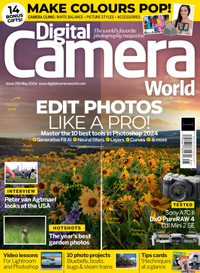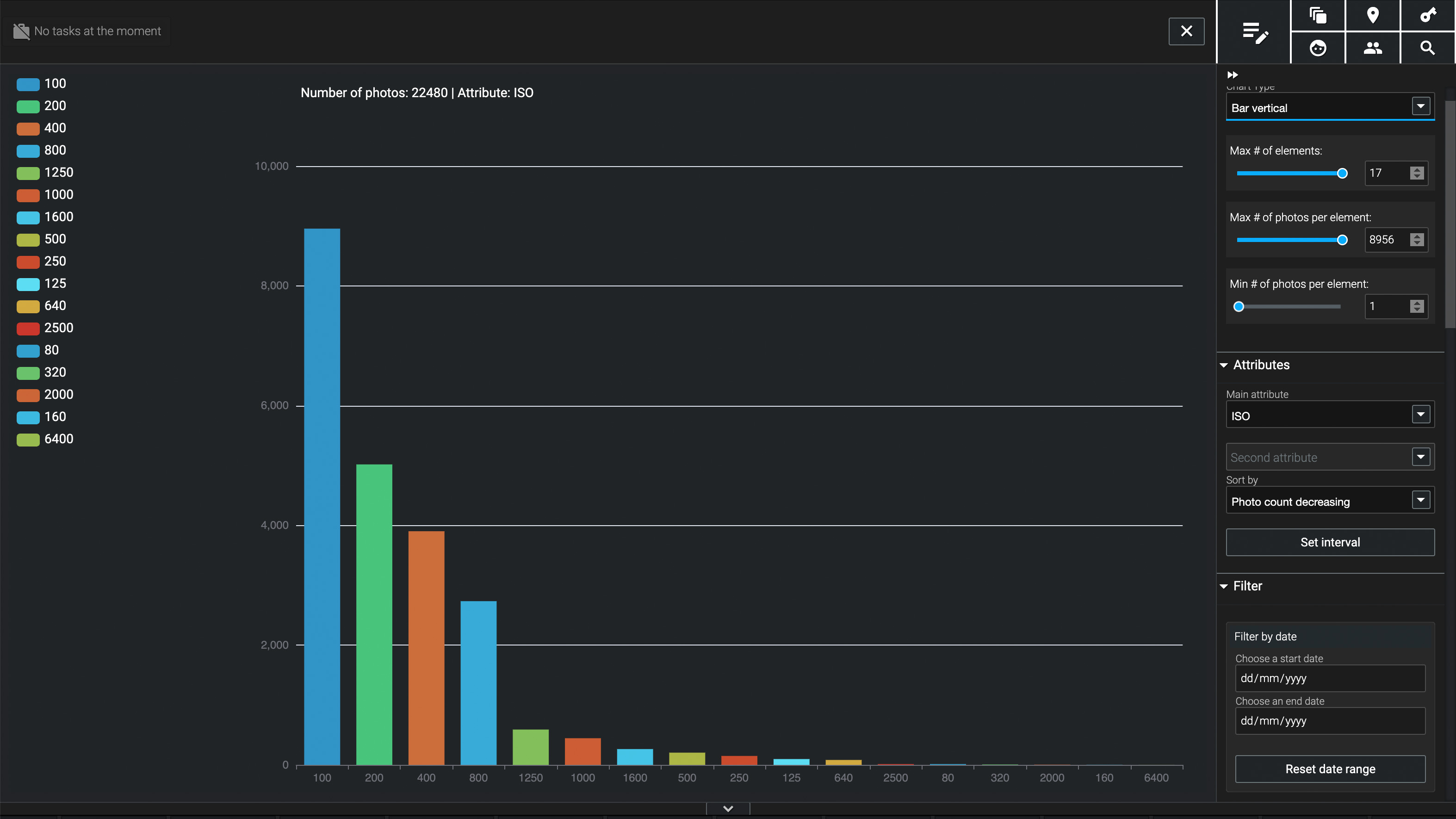The Sony World Photo Awards 2024 exhibition is on right now – get 10% off your tickets
See the work of the Professional, Open, Student and Youth competitions – and more – at Somerset House in London until May 6

The Sony World Photography Awards 2024 exhibition is open now at Somerset House in London until May 6… and you can get 10% off your tickets by using our exclusive promotion code.
You can see incredible stories through the lenses of the best photographers of our time, says the World Photography Organisation, which revealed the category winners and the Photographer of the Year in a glitzy ceremony in London on 18 April.
One of the world’s leading photo competitions, SWPA has been running for 17 years.
A record number of 395,000 images from over 220 countries and territories was submitted for the 2024 competition, and these have been pared down to three finalists in each of the 10 categories.
As we reported from the awards event, the World Photography Organisation crowned Documentary Projects category winner Juliette Pavy the Photographer of the Year 2024.
Click here to read the full story, and see work from all the Professional competition winners.

The exhibition is taking place in Somerset House, London, until 6 May. Enter via Aldwych and the Sony World Photography Awards signage will be on your right.
Get the Digital Camera World Newsletter
The best camera deals, reviews, product advice, and unmissable photography news, direct to your inbox!
Click here to book your tickets, which cost £15 for Standard entry. Opening times are 11am-8pm Monday to Sunday; the closing time on 6 May (Bank Holiday Monday) is 6pm.
In a Digital Camera World exclusive, use the code DIGISWPA24 to bag an exclusive 15% discount on the ticket price.
Meet one of the winners – Siobhán Doran
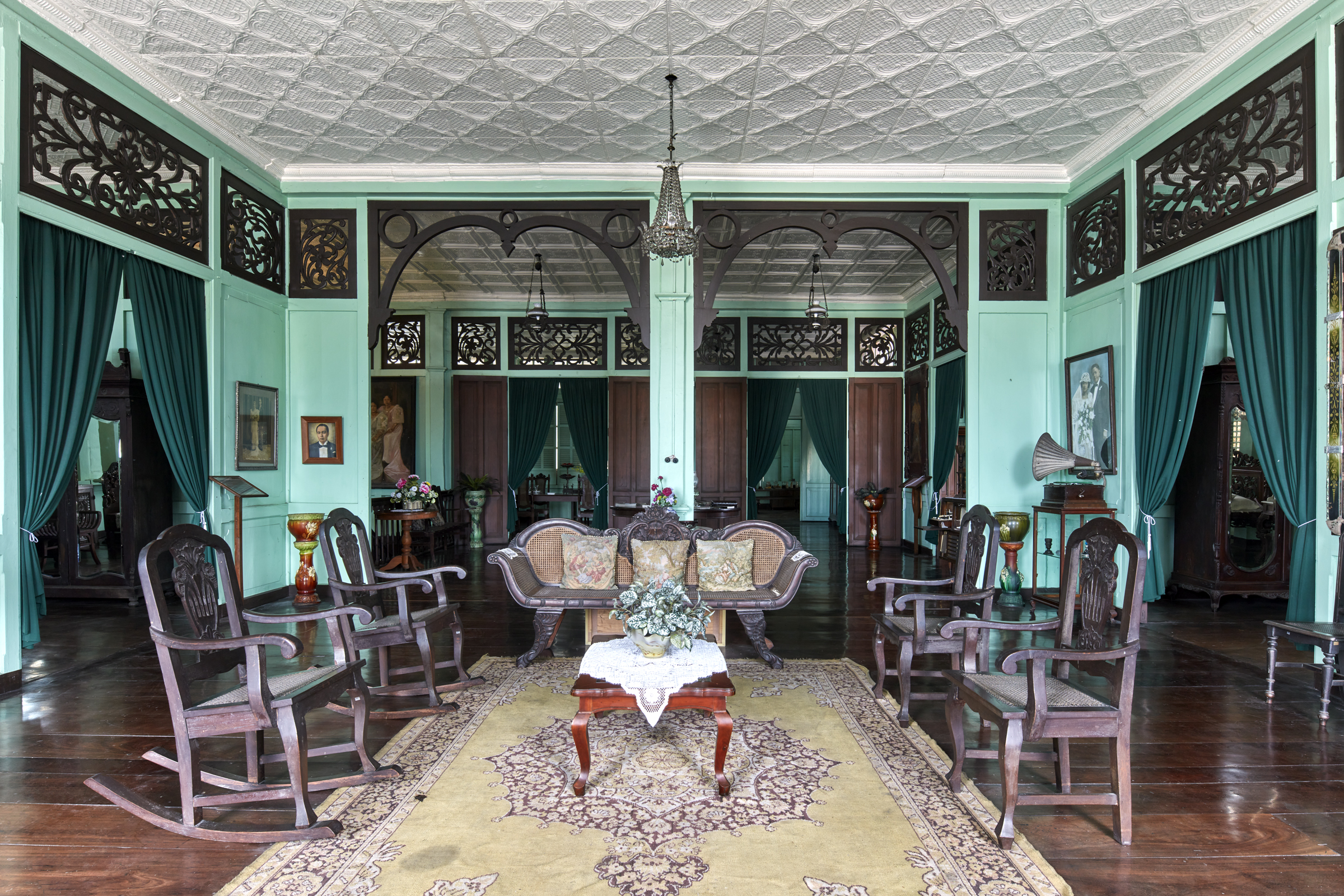
Before the awards ceremony and exhibition, we caught up with one of the finalists in the Architecture & Design category, Siobhán Doran from Ireland.
Her Sala Mayor (Living Room) series clearly impressed the SWPA 2024 jury, as Doran took the Architecture & Design trophy.
The series, which appears in a forthcoming book from Oro Editions, titled ’Houses that Sugar Built’, explores historic mansions in the Philippines, to which Doran was granted access with Gina Consing McAdam, the co-author of the book.
Doran’s photos, plus those of the finalists in the Professional, Open, Student and Youth competitions – and much more – are all on display in Somerset House.
Here, Doran talks us through Sala Mayor (Living Room) and how it came about…
How did the ‘Houses that Sugar Built‘ project come about?
The ’Houses that Sugar Built: an Intimate Portrait of Philippines Ancestral Homes’ book project was co-authored with the writer Gina Consing McAdam. I was at Gina’s House In London celebrating the successful completion of my photography book on The Lanesborough hotel, for which Gina had written the narrative.
I saw a small black and white image of what turned out to be her ancestral house in Iloilo in the Philippines (Yusay-Consing Ancestral House in the book), known today as the “Molo Mansion”.
It looked intriguing and much bigger than an average home in the UK. As I listened to Gina talk about her family’s house and about her family history in general, I wondered if there were more like it and indeed more families like hers.
It also transpired in that initial conversation that these houses, like many such houses in the Philippines, had not been photographed to any great extent and were not known outside the country. It is these two pieces of information that piqued my interest.
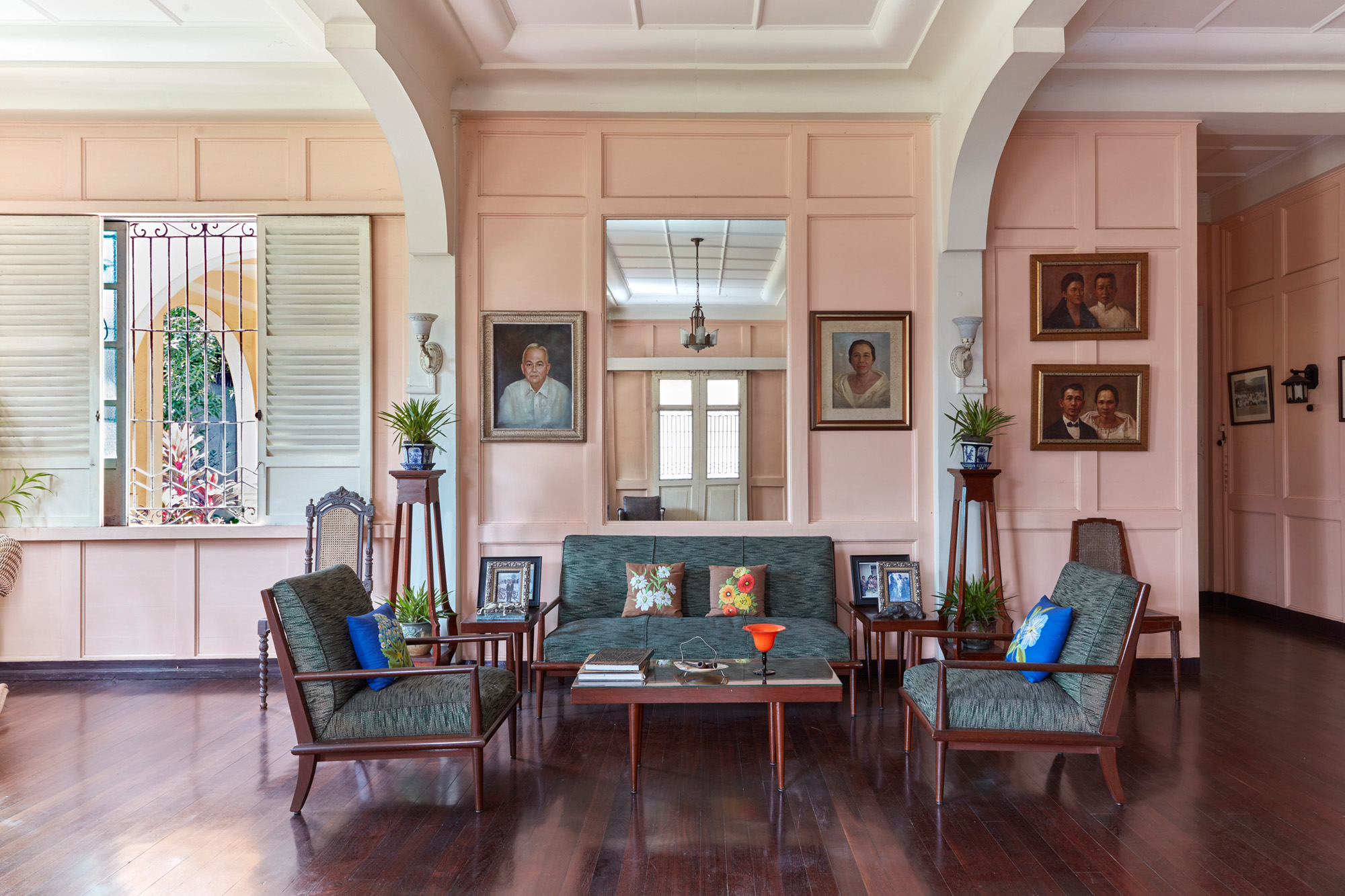
What happened next?
I was familiar with and had experience of creating books and working up photography and book ideas and these exciting facts about a land far away had all the ingredients of such a project – it just lacked some key (albeit major!) ingredients such as raising finance and logistics, but these key components never held me back in the past.
We set to work on a feasibility study which explored how realistic a book on this topic would be. We were fortunate to get sponsored to go out and do a reconnaissance which included meeting potential sponsors but more importantly to visit and photograph some of the houses to understand if they were indeed rich enough in detail to warrant inclusion in a book.
It proved feasible and we’re extremely grateful for the generous sponsorship of both corporations and private individuals who believed in what we were trying to do.
My Photography series, ‘Sala Major’ is an edited series from this book.
What equipment did you use to capture the images, and what about lighting?
I captured all the photographs with a Canon EOS 5DS DSLR and three lenses: a Canon TS-E 24mm f/3.5L II tilt-shift, a Canon TS-E 17mm f/4L tilt-shift and a Canon EF 24-70mm f/2.8L II, all taken from a tripod with a cable release.
I used natural light, but did use flash for some of the portraits.
Are the mansions you photographed still family homes?
Many are still private homes so are not generally open to the public. Some owners have converted their ancestral house into museums, events spaces or restaurants, and are open to the wider public; they have done so with the intention of maintaining and/or sharing their family histories or legacies.
For example, Balay ni Tana Dicang and The Bernardino Jalandoni are both museums and are open to the public.
Casa A Gamboa offer bed and breakfast facilities and culinary/event experiences as well. The Gaston Ancestral House offers private dining and heritage tours.
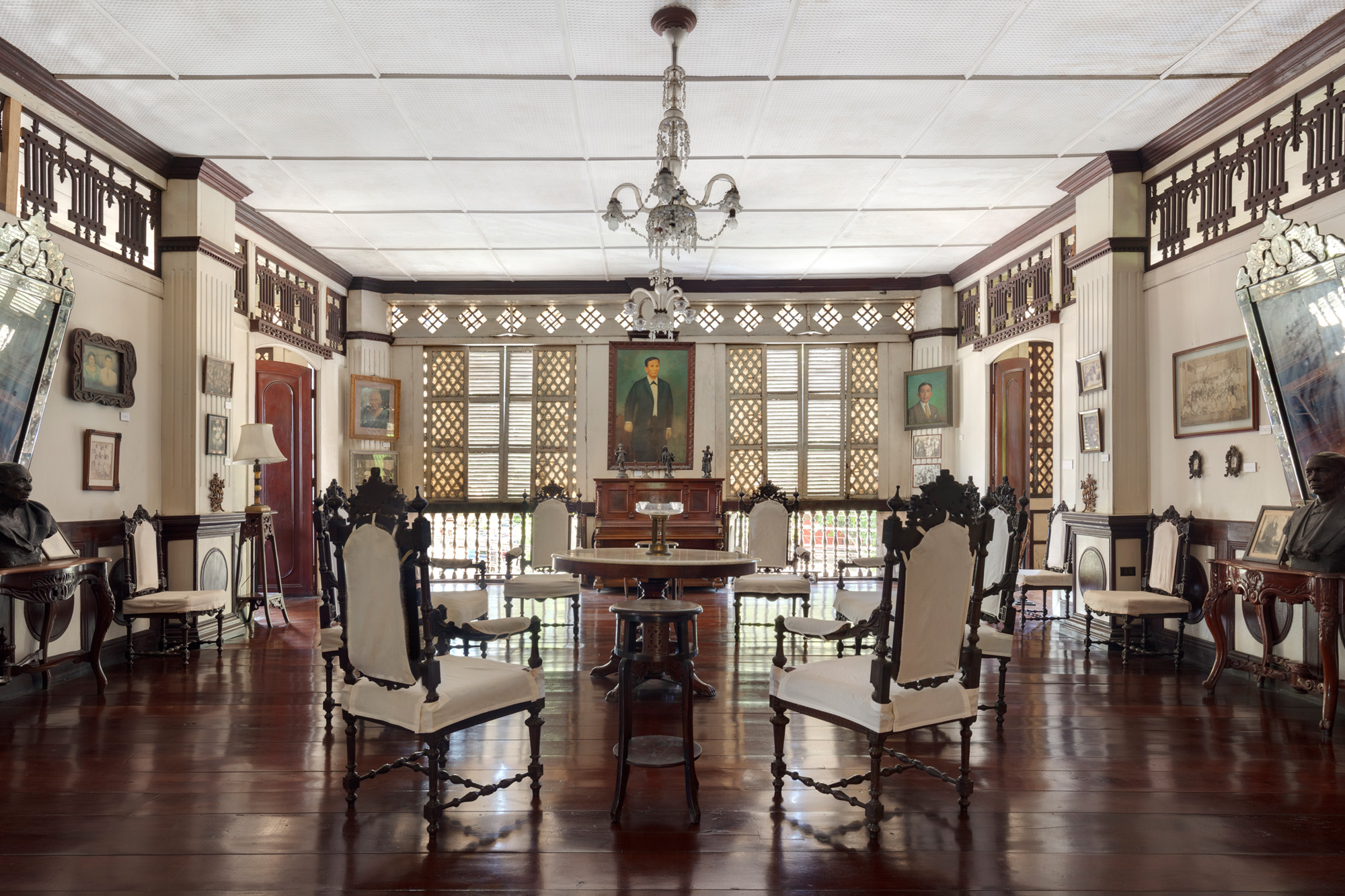
Are these living rooms formal spaces that are kept for special occasions?
Yes, they generally were. The rooms project the more formal lifestyle of the families, which were rooted in ritual and tradition.
When the houses were first constructed, the purpose of these rooms was generally to receive visitors or for entertainment – parties, balls, performances.
You can see that the furniture is not designed for lounging around; seats are stiff backed and often made from native timber.
The large open space is as much about the climate. The year-round heat and humidity call for space and good airflow to create a comfortable environment in which to live.
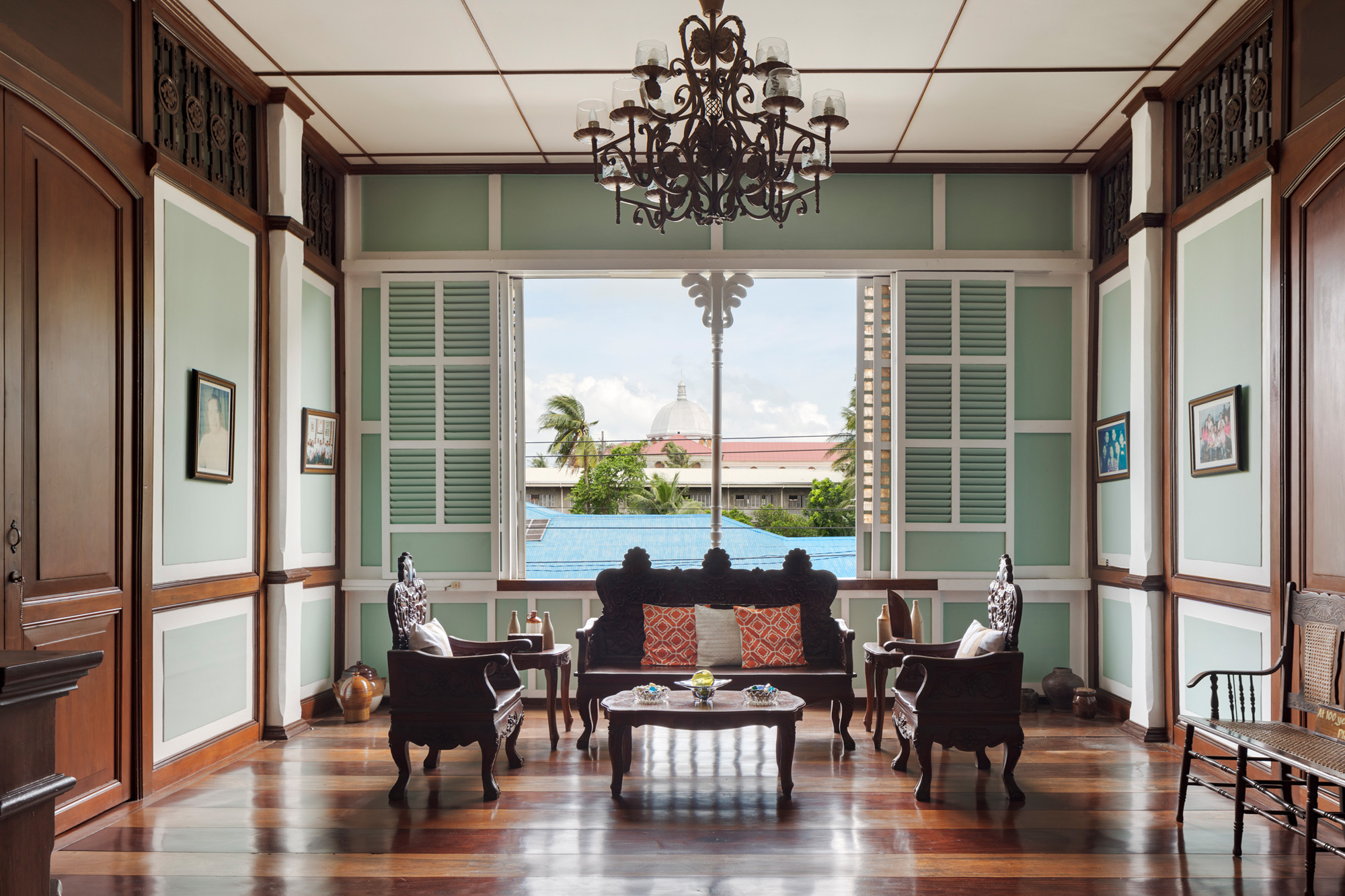
For you, did the design of some of these rooms – showing European and American influences – resonate more than others?
Some did resonate more than others, for a variety of reasons. For example, the sala mayor (living room) at the Pison House for its magnificent window onto to the city and the stage-like room setup that lent itself to so many readings and possibilities.
You enter this room by stepping off a staircase from the ground floor. (The living quarters and public spaces were mainly located on the upper floors in these houses.)
Or the stained-glass features in the Celso Ledesma House and the Hormillosa-Locsin House, again enhancing a feeling of wonderment upon entering the room from a steep dark stairwell.
On practical level, the wonderfully carved calados in the Bernardino Jalandoni Museum – skilfully decorated/carved vents transporting fresh air throughout the building – as necessary and varied as the Victorian fireplaces in European homes and equally crucial, helping to create a temperature that is comfortable.
Also, the architecture and the locations – I think the architecture of some of the exteriors are very striking and beautiful. Molo Mansion and The Boat House, although very different, both have a distinctive style: Spanish Colonial and Art Deco respectively.
They are also both located off busy streets and yet when you enter both properties you feel transported back to another time, far away from the hustle and bustle of the streets outside.

Now visit the SWPA 2024 exhibition
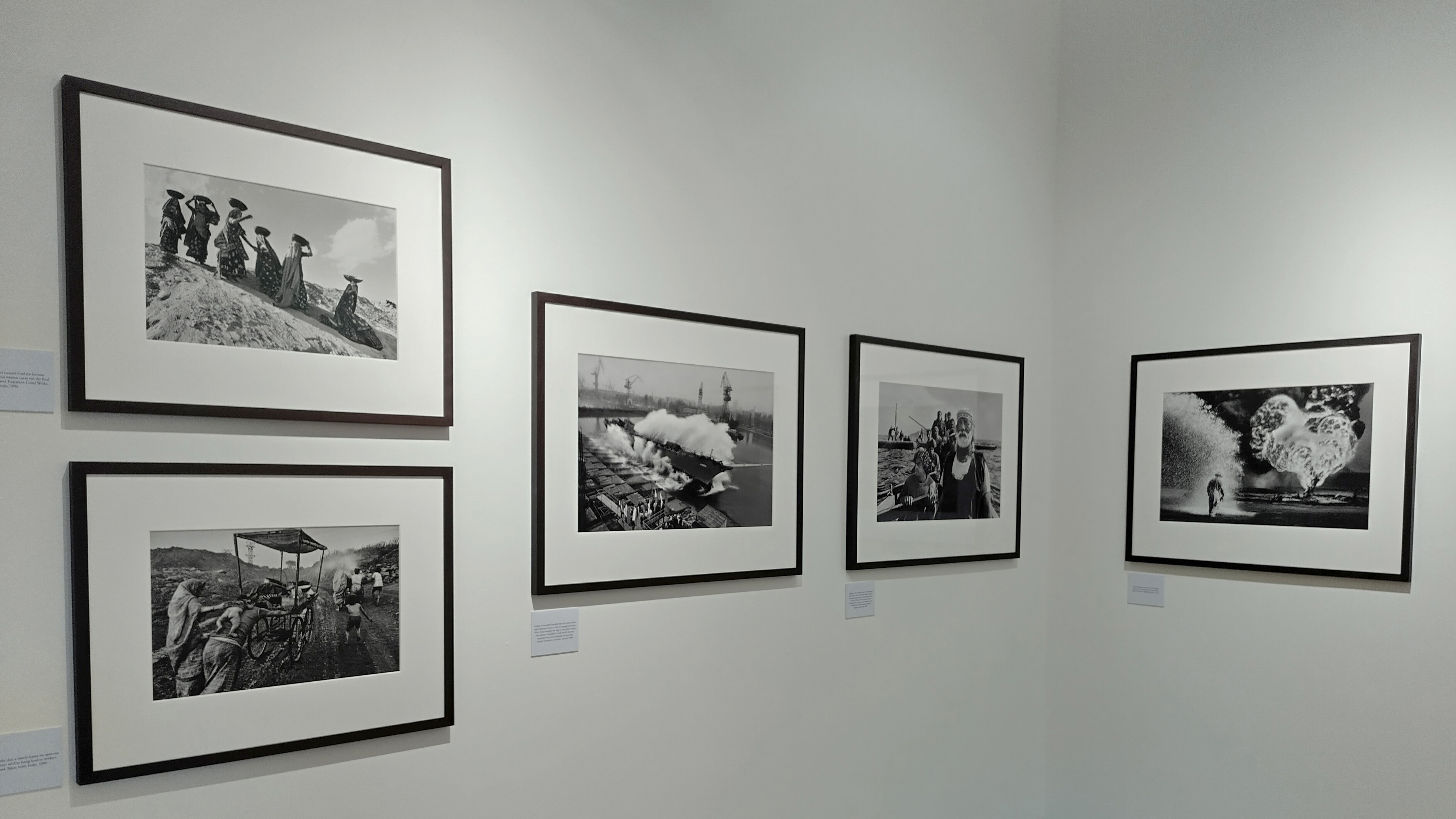
The Sony World Photography Awards 2024 exhibition is open now, at Somerset House, London WC2R 1LA until May 6.
Click here to see the full list of shortlisted and finalist photographers, along with their outstanding images.
Click here to book your tickets, and use the code DIGISWPA24, exclusive to Digital Camera World, to bag an exclusive 15% discount on the ticket price.
Read more: How to photograph interiors of homes. And Stop shooting inferior interiors!
Digital Camera World is the world’s favorite photography magazine and is packed with the latest news, reviews, tutorials, expert buying advice, tips and inspiring images. Plus, every issue comes with a selection of bonus gifts of interest to photographers of all abilities.

Niall is the editor of Digital Camera Magazine, and has been shooting on interchangeable lens cameras for over 20 years, and on various point-and-shoot models for years before that.
Working alongside professional photographers for many years as a jobbing journalist gave Niall the curiosity to also start working on the other side of the lens. These days his favored shooting subjects include wildlife, travel and street photography, and he also enjoys dabbling with studio still life.
On the site you will see him writing photographer profiles, asking questions for Q&As and interviews, reporting on the latest and most noteworthy photography competitions, and sharing his knowledge on website building.
